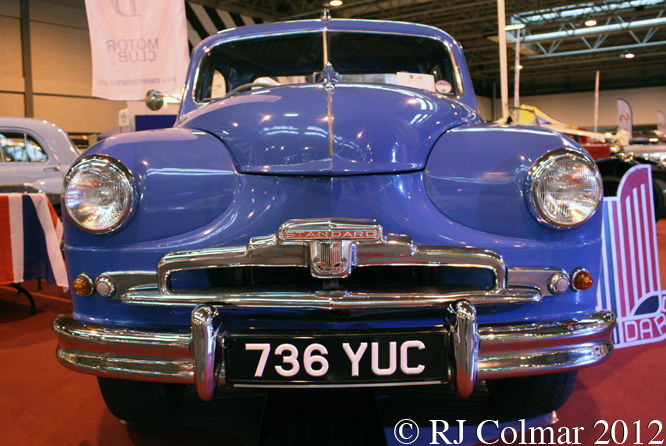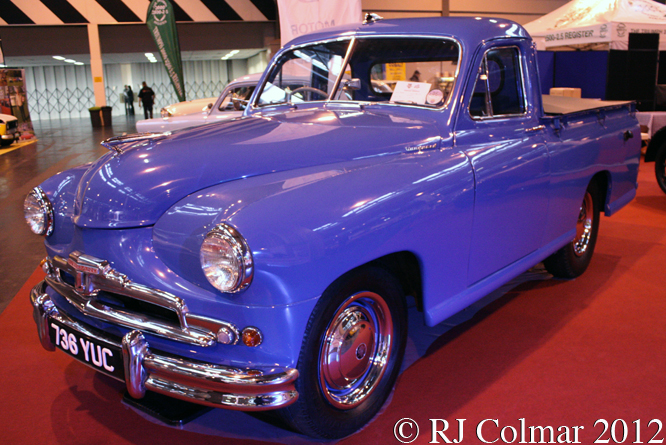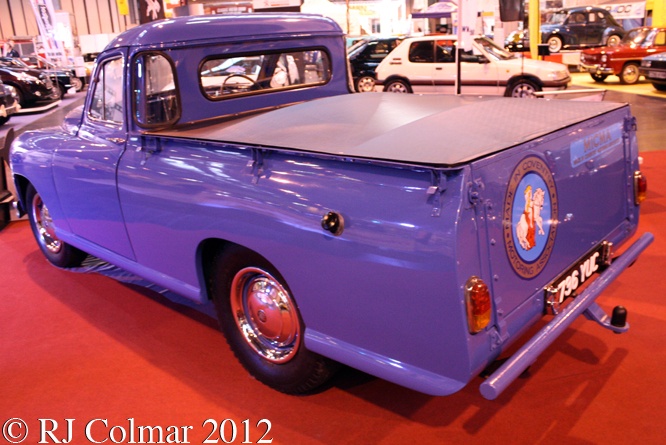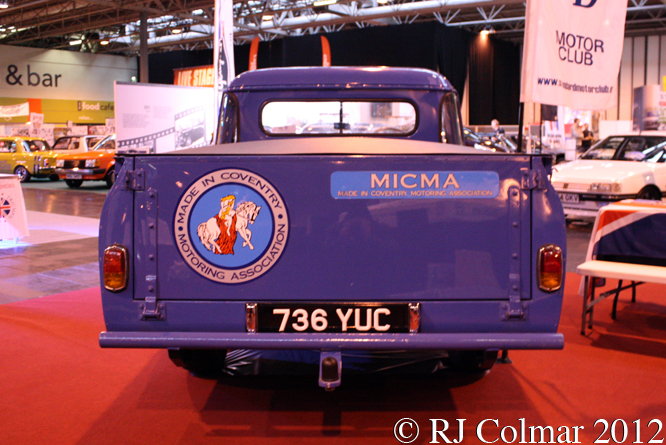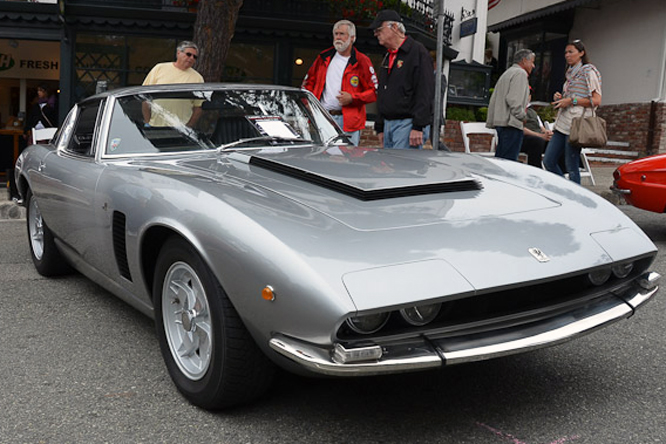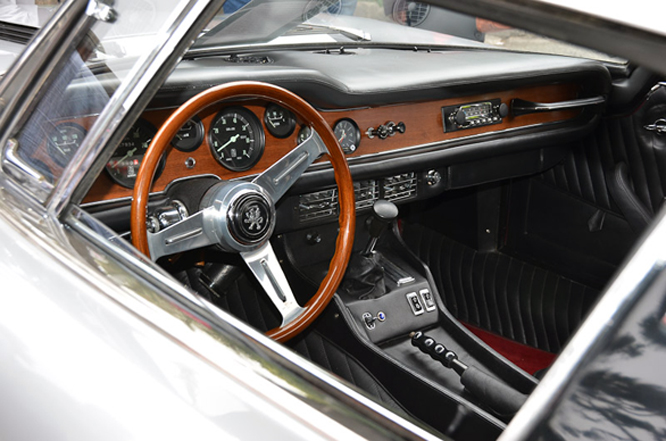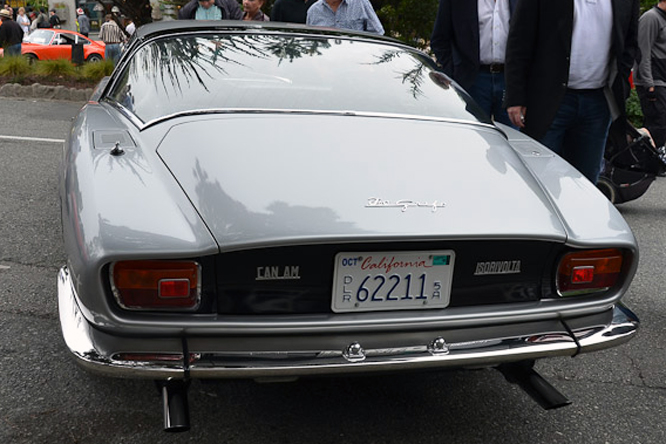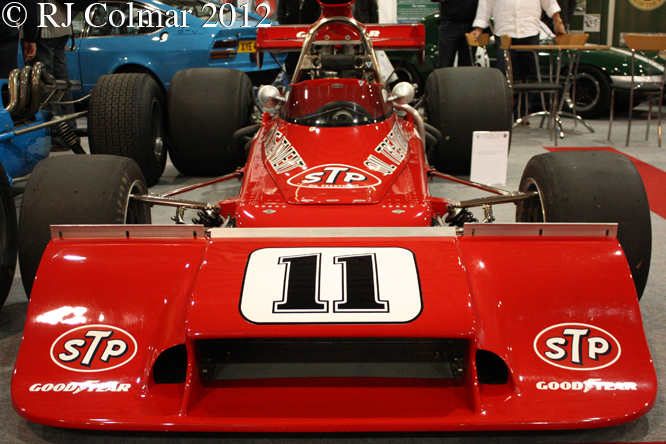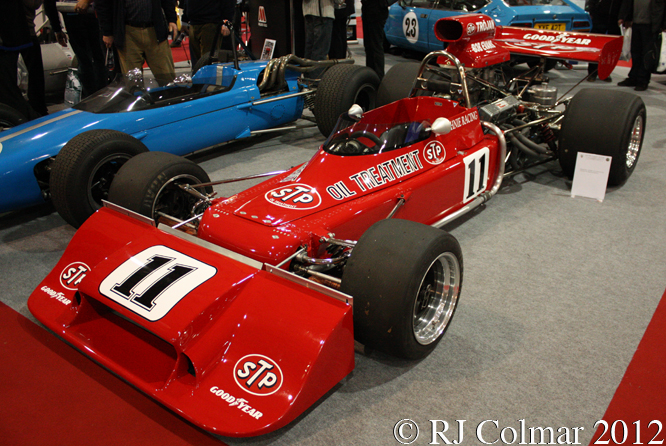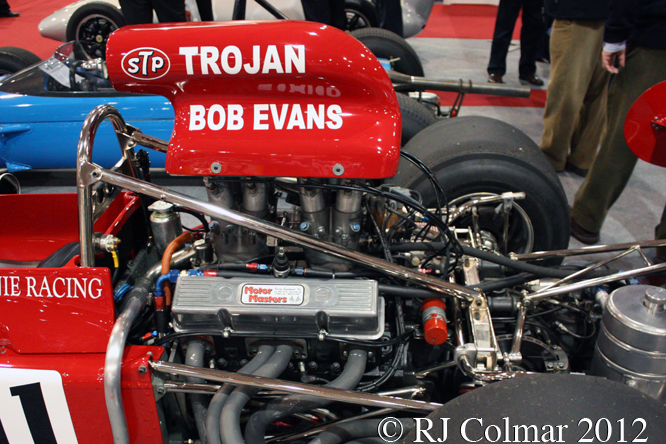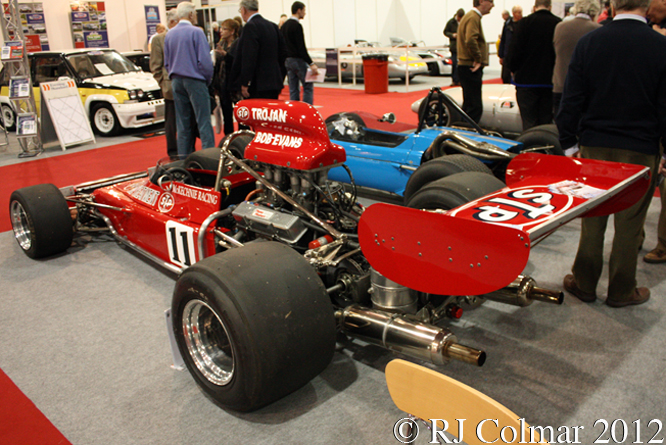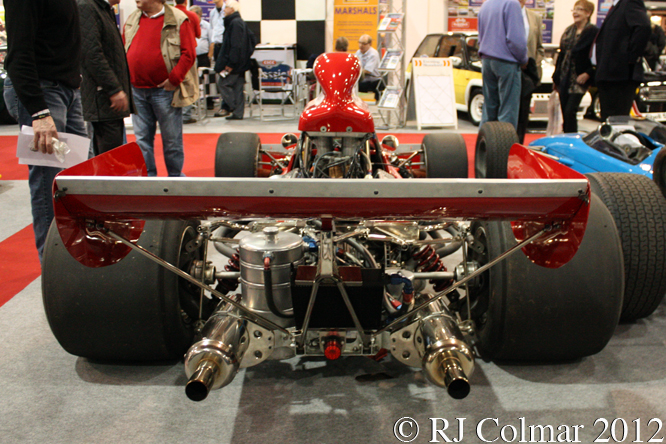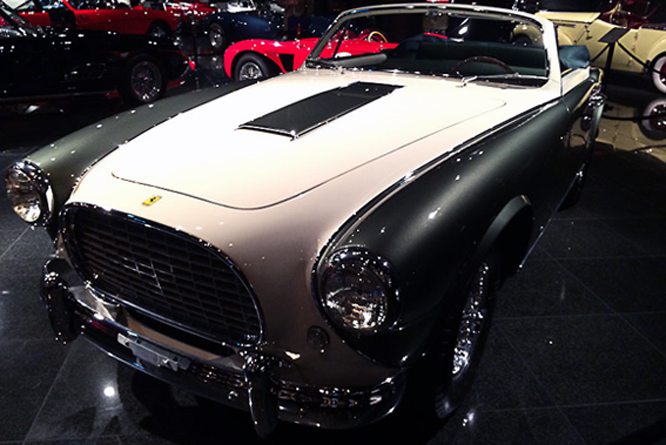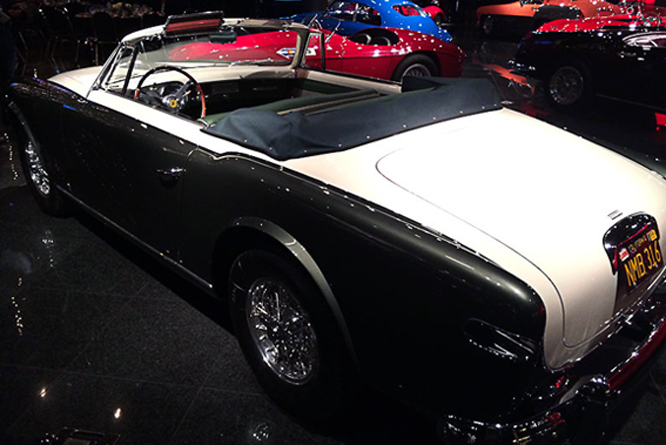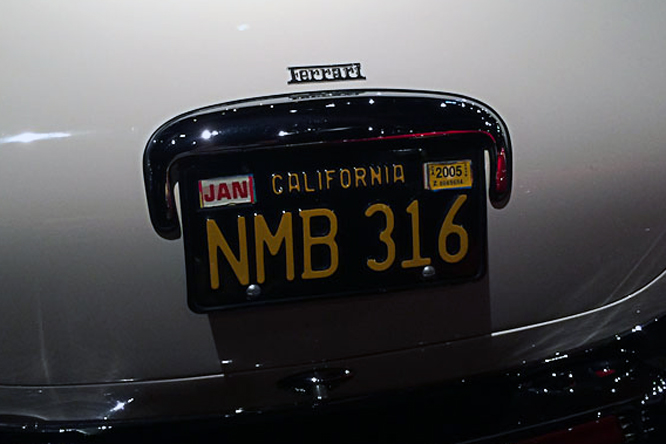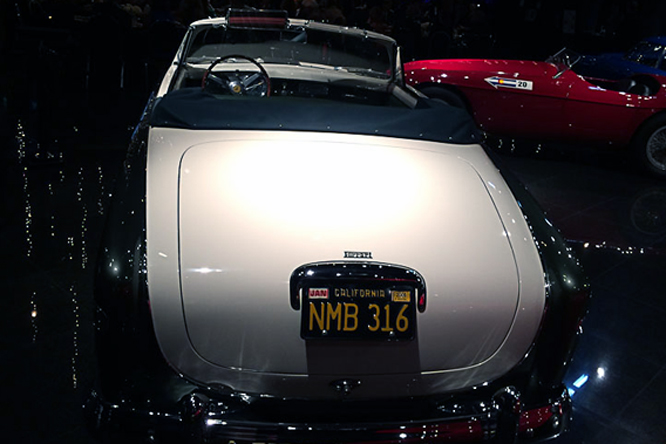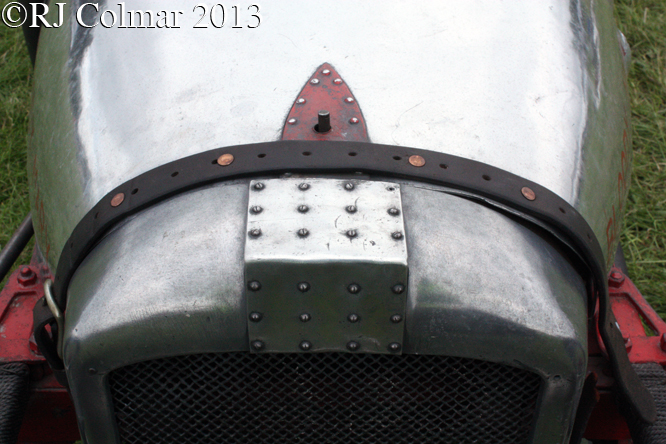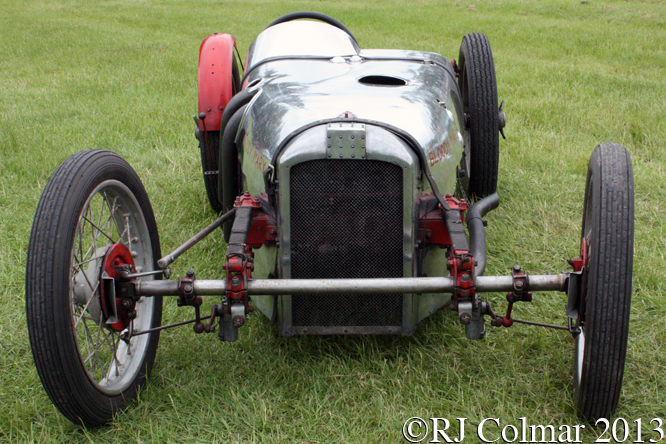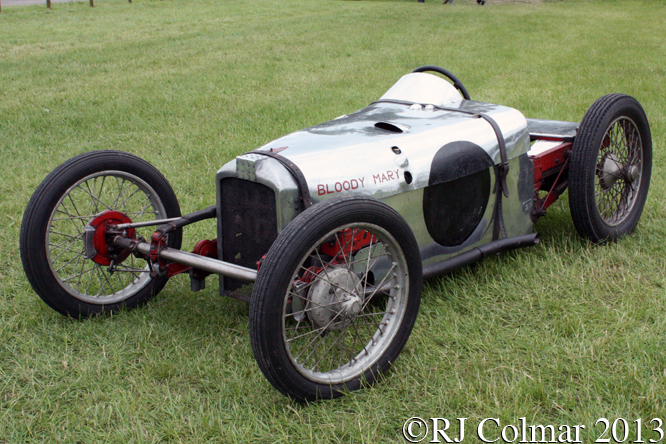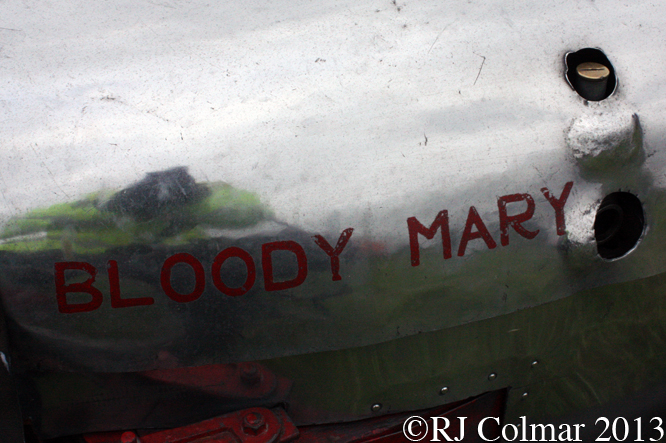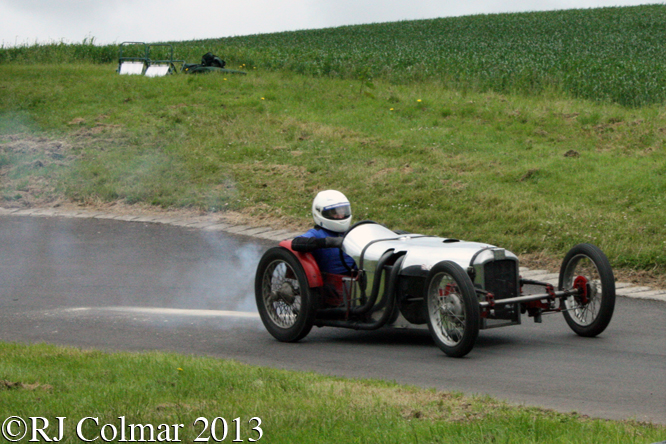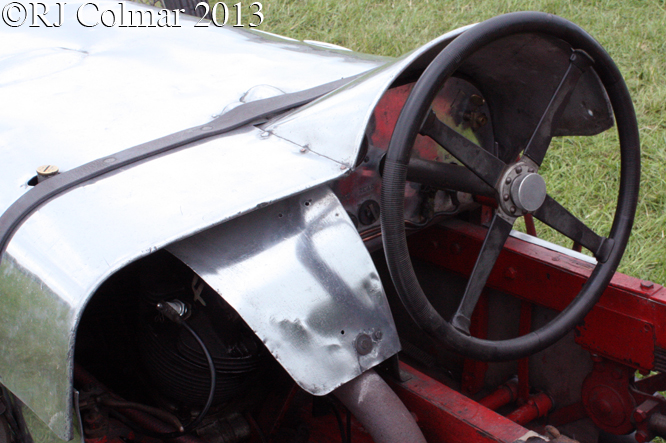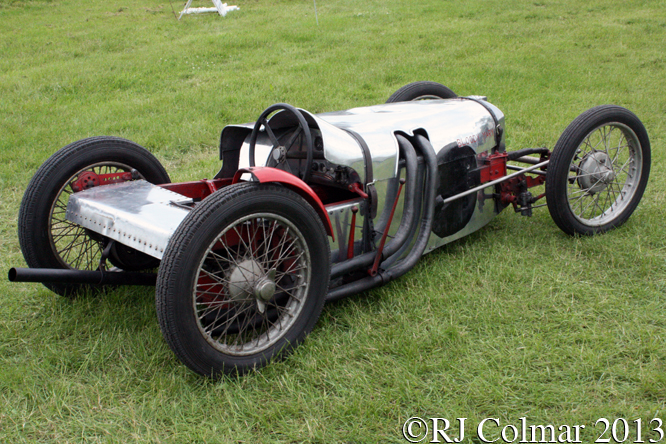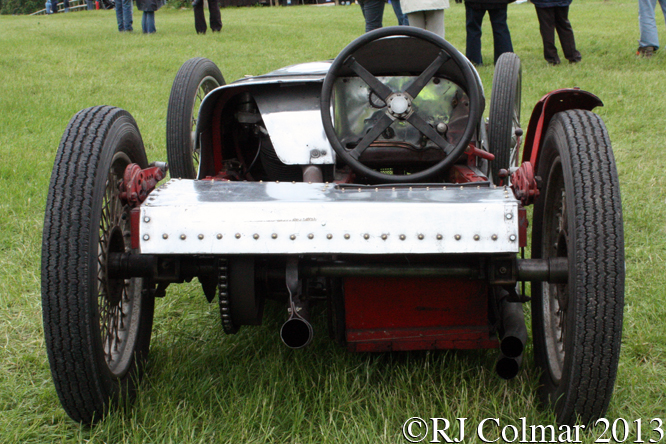Gian Paolo Dallara, Paolo Stanzani, and Bob Wallace put in the hours to develop the mid engined P400 chassis that would form the basis of the Lamborghini Muira on after hours because Ferruccio Lamborghini had expressed his preference for considerably more sedate front engined GT cars his company had started manufacturing in 1963.
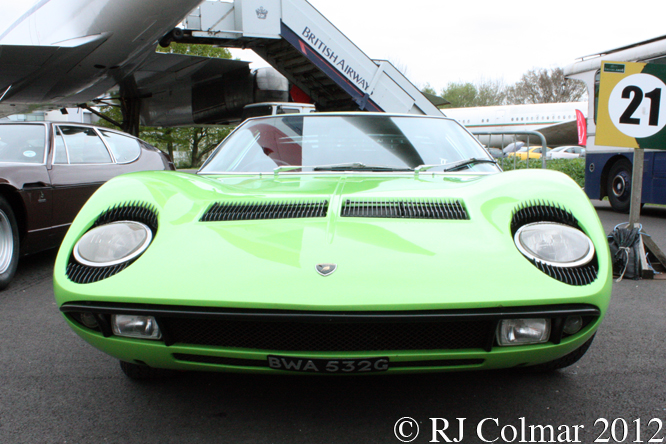
The bare prototype P400 chassis with it’s transverse V12 engine and gearbox mounted ahead of the rear wheels received a stellar reception at the 1965 Turin Motor Show and Ferruccio Lamborghini saw the value of allowing the vehicle to be developed as nothing more than a potential marketing tool.
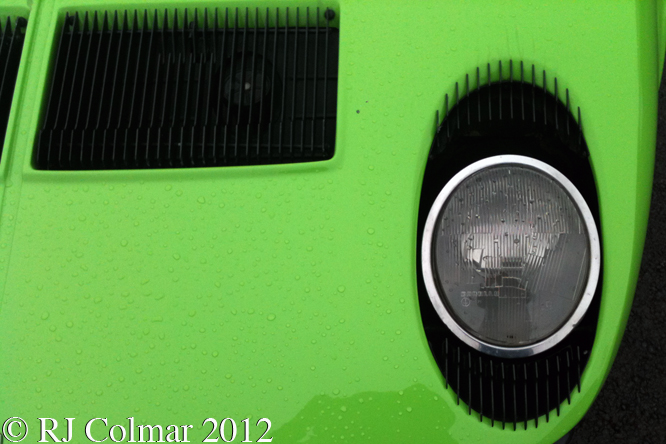
By the 1966 Geneva Motor Show Marcello Gandini at Bertone had just completed the sleek lined body that marked the P400 out as an icon of it’s time, to my eye’s it is the kind of shape the Ford GT and later GT40 might have become, had it been built in Italy rather than Slough under the influence of Dearborn. Notably the P400’s body had been finalised so late that it appeared in Geneva with ballast in place of the engine, as no one was sure the engine would fit under the super slim body.
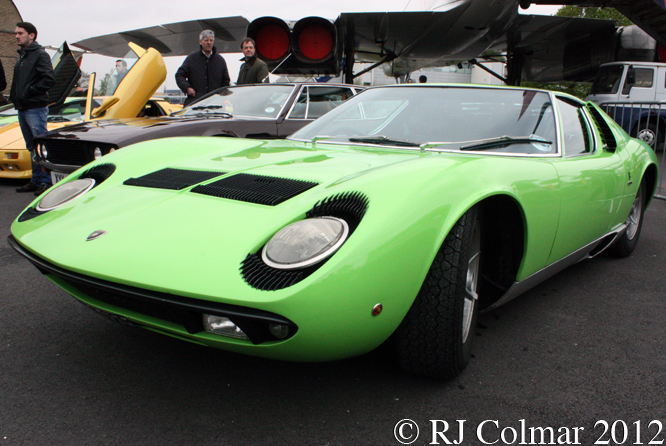
The P400 was ready for sale later in 1966 and 275 of the original 375 hp versions were made up until 1969.
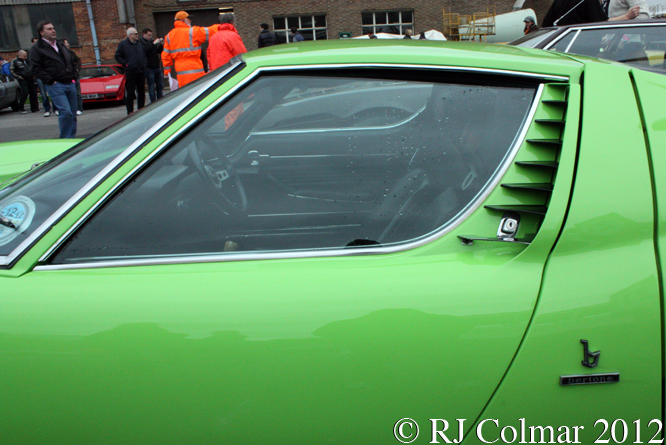
In November 1968 a second type P400S also known as the Miura S was launched featuring 20 hp more and a variety of external and internal trim differences including chrome trim, electric windows, new rocker control switches and small improvements to the luggage capacity.
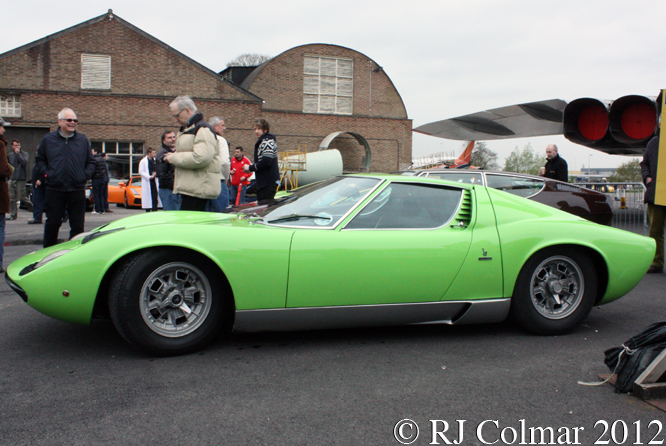
Muira S owners included Frank Sinatra and Miles Davis, the jazz legend crashed his under the influence of cocaine which resulted in him breaking both his ankles in 1972, coincidentally the year the last of the 762 Muira’s of all types was built.
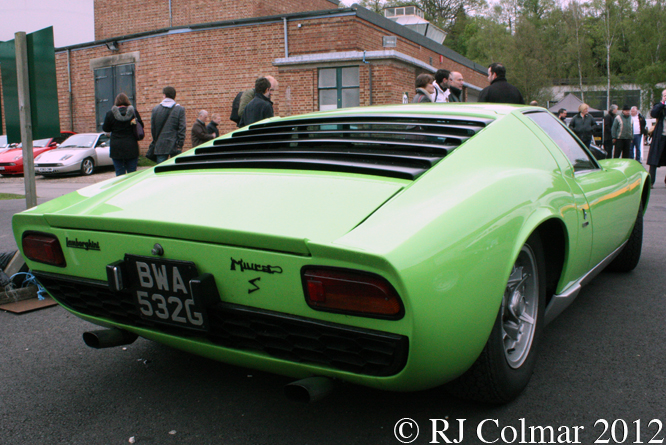
The 1969 film The Italian Job depicts a Muira being driven at high speed into a dark tunnel inside which a Mafioso operated front end loader was waiting to catch the car and occupant which was then unceremoniously dumped down a ravine.
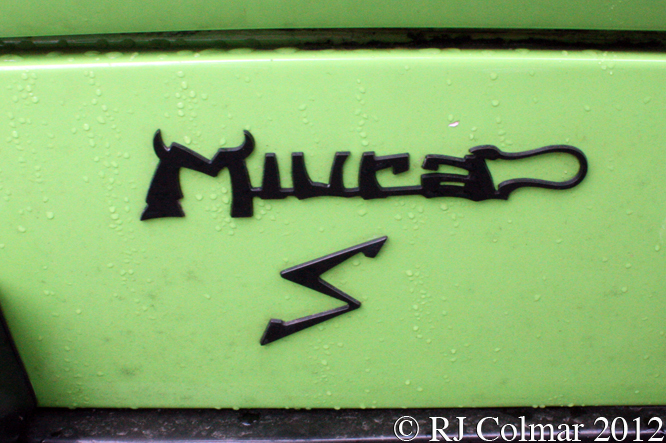
Today’s featured car, seen at Auto Italia Brooklands last year, was built as a white P400, seen in this link with singer Sandie Shaw, but converted to an Apple Green Muira S spec for the owner Justin de Villenueve who turns out to be model Twiggy’s manager Nigel Davis.
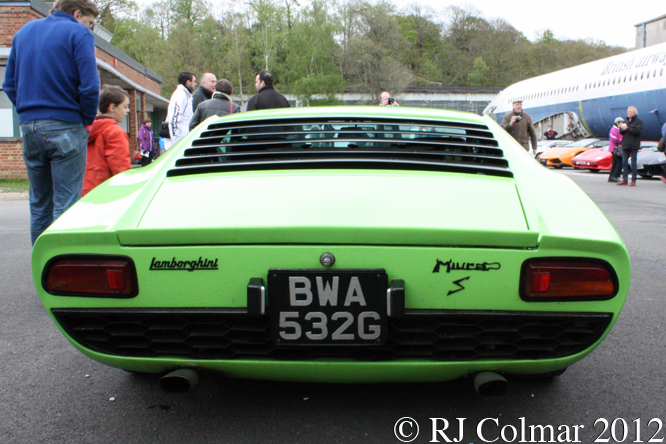
Later on the car is said to have belonged to one Bernard Charles Ecclestone of Formula One fame. In 1990 the center of the car was badly damaged by fire while the car was disassembled. The whole lot was returned to Saint Agata and returned to factory specifications. The current owners family bought the car in 2000 and he says that while it is not the easiest vehicle in the world to drive for someone of his stature the “vista ahead is to die for.”
Thanks for joining me on this “After Hours Bull” edition of “Gettin’ a li’l psycho on tyres” I hope you will join me again tomorrow for a trip to Gordano Services on the M5 for a little competitive classic motorsport. Don’t forget to come back now !


